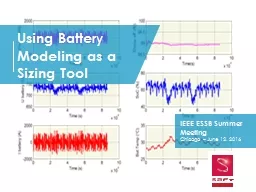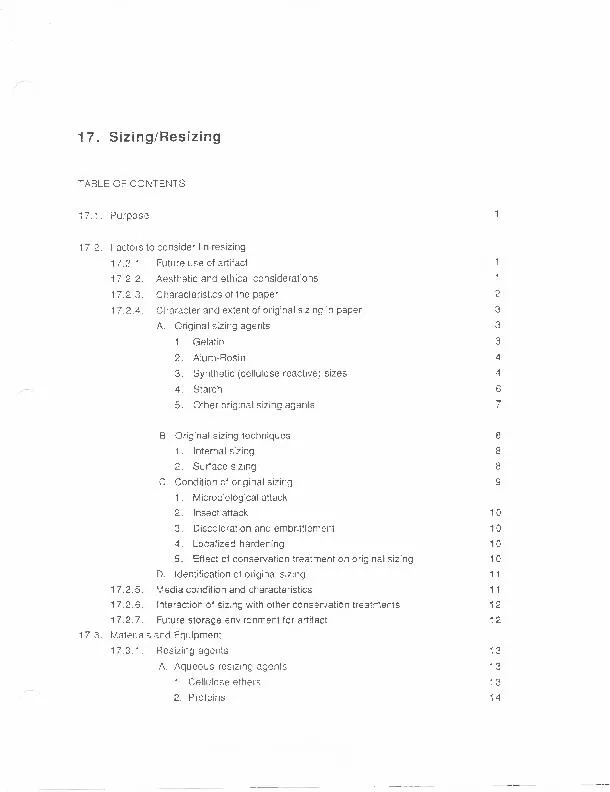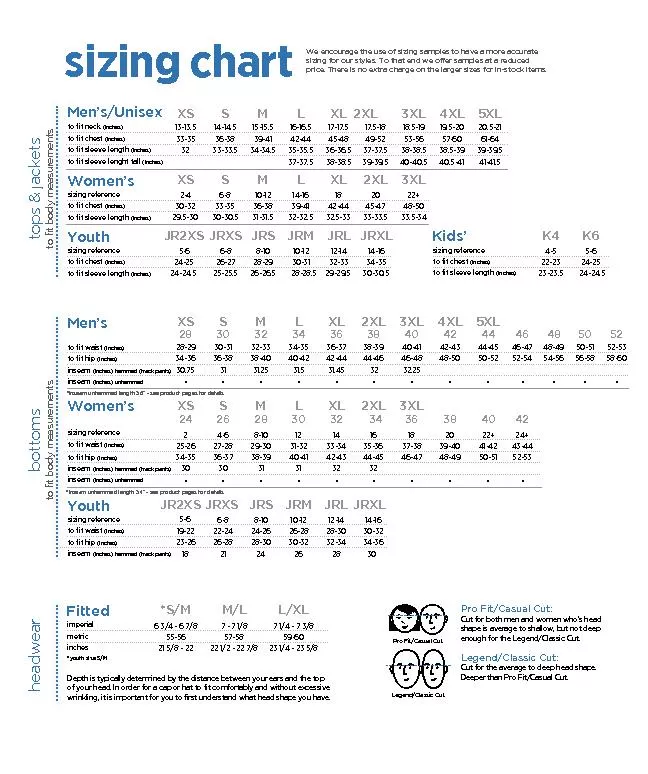PPT-Using Battery Modeling as a Sizing Tool
Author : alexa-scheidler | Published Date : 2019-11-19
Using Battery Modeling as a Sizing Tool IEEE ESSB Summer Meeting Chicago June 12 2016 IEEE battery sizing Sizing standards IEEE Std 4852010 for vented and valveregulated
Presentation Embed Code
Download Presentation
Download Presentation The PPT/PDF document "Using Battery Modeling as a Sizing Tool" is the property of its rightful owner. Permission is granted to download and print the materials on this website for personal, non-commercial use only, and to display it on your personal computer provided you do not modify the materials and that you retain all copyright notices contained in the materials. By downloading content from our website, you accept the terms of this agreement.
Using Battery Modeling as a Sizing Tool: Transcript
Download Rules Of Document
"Using Battery Modeling as a Sizing Tool"The content belongs to its owner. You may download and print it for personal use, without modification, and keep all copyright notices. By downloading, you agree to these terms.
Related Documents














